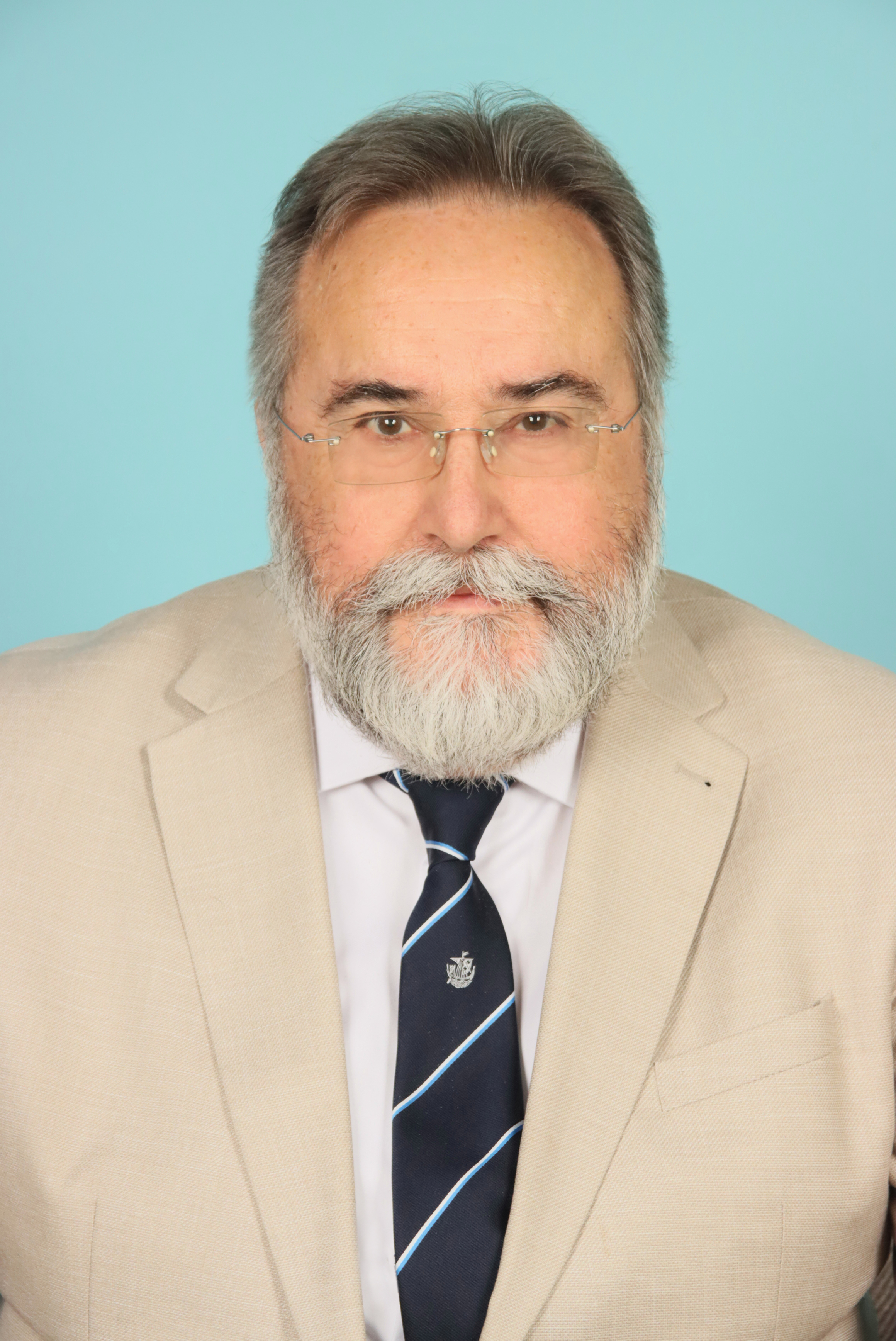BOŽIDAR ŠARLER
University of Ljubljana
Computational Modelling of Steel Production Path on Multiple Scales Based on Meshless Method

BIO
Professor Božidar Šarler conferred a BSc in physics from the University of Ljubljana and a PhD in engineering from the University of Maribor, Slovenia. He chairs the Department for Fluid Dynamics and Thermodynamics, Faculty of Mechanical Engineering, University of Ljubljana and the Laboratory for Simulation of Materials and Processes at the Institute of Metals and Technology in Ljubljana.
He worked abroad cumulative for more than four years as a researcher in the Centre of Nuclear Studies, France; University Erlangen-Nürenberg, Germany; Argonne National Laboratories, USA and as a visiting professor or scientist at the University of Nevada, USA; University Pierre and Marie Curie, France; University of Central Florida, USA; Polish Academy of Sciences, Poland; City University of Hong Kong, China. He was in 2011 appointed Adjunct Professor of Computational Engineering and Science Research Centre of the University of Southern Queensland in Australia, and in 2013 as a hundred talent plan Professor at the Taiyuan University of Technology, China. He is giving courses as a visiting professor at the University of Naples "Parthenope" Italy (meshless methods), Yanshan University China (fluid dynamics) and Hohai University China (multiphase systems).
His research interest is focused on multiscale and multiphysics simulations of multiphase systems. He pioneered the development of local strong-form meshless methods based on radial basis functions for solids and fluids. This approach is used today in the simulation systems of the topmost technologies, like the world's largest casts or microfluidic sample delivery systems for synchrotrons and free electron lasers.
He published over 200 journal papers. He has managed several international projects within different EU frameworks, NATO, National Academies USA, Research Grants Council of Hong Kong, Chinese Academy of Sciences, Helmholtz Association, Germany, etc.
He received the following awards and recognitions: 2020 Recognition of Association of Fluid Control Engineering of the Chinese Society of Theoretical and Applied Mechanics, 2018 Distinguished Fellow of ICCES, 2016 Žiga Zois Award - Slovenian state award for science, 2014 Emerald Literati Best Paper Award, 2013 prestigious Chinese award for foreign professors Hundred Talent Plan, 2006 Janez Puh award - Slovenian state award for technology, best paper awards at several international conferences.
He serves in the European Union ESFRI Energy Working Group and Eurotherm Committee.
ABSTRACT
Computational Modelling of Steel Production Path on Multiple Scales Based on Meshless Methods
Božidar Šarler1,2, Tadej Dobravec1, Umut Hanoglu2,1, Qinnguo Liu2,1, Boštjan Mavrič2,1, Miha Kovačič3,1, Katarina Mramor1, Matjaž Perpar1, Robert Vertnik3,1, Gašper Vuga1
1 Laboratory for Fluid Dynamics and Thermodynamics, Faculty of Mechanical Engineering, University of Ljubljana, 1000 Ljubljana, Slovenia
2 Laboratory for Simulation of Materials and Processes, Institute of Metals and Technology, Lepi pot 11, 1000 Ljubljana, Slovenia
3 Technical Development, Štore-Steel, d.o.o., Železarska cesta 3, 3220 Štore, Slovenia
Digitalization represents a paramount activity which received a strong acceleration (Industry 4.0) and directly impacts the steel industry. It concerns the application of related technologies to the optimization of the production chain and specific technologies for sustainable production. This talk is focused on the computational modelling of steel processing. The mainstream direction in the modelling of the metals and their processing forms the so-called Integrated Computational Materials Engineering (ICME). ICME is bridging the information from different physical concepts and their computational models. In Horizonal ICME (H-ICME) the simulation codes for different processing or product usage steps are connected with their associated multiscale structures and material properties. In Vertical ICME (V-ICME) the simulation codes at multiple length scales are involved in describing the product properties.
We present the Hybrid ICME, where vertical and horizontal ICME are developed and demonstrated for a process route of steel billets. The processing route includes continuous casting, controlled cooling, annealing, reheating, reverse and continuous hot rolling, cooling bed and heat treatment. The scales we cope with range from the grain size to several tenths of meters.
We focus on the novel solution methods for describing the related multiscale and multiphysics thermomechanical problems. The microstructure is formulated with the phase-field method, the meso-structure with the cellular automaton method and the macroscopic electromagnetic, fluid mechanics and solid mechanics fields with the continuum mechanics concept. We elaborate on a space-time adaptive meshless solution based on collocation with radial basis functions for solving the microscopic and macroscopic scales and the point automata concept for solving the mesoscopic scale. The phenomena tackled by this novel meshless technique range from the large-eddy simulation of continuous casting to the elastoplastic deformation of the products on the cooling bed. The validation of the models, based on plant and laboratory measurements, is shown. A coupling of the physical models with artificial intelligence for quality, energy and productivity optimisation is presented.
This research was funded by the Slovenian Grant and Innovation Agency within Program Group P2-0162 Multiphase Systems, and project L2-3173 Advanced Simulation and Optimization of the Entire Process Route for Production of Topmost Steel, co-financed by the major European spring-steel producer Štore-Steel (www.store-steel.si).